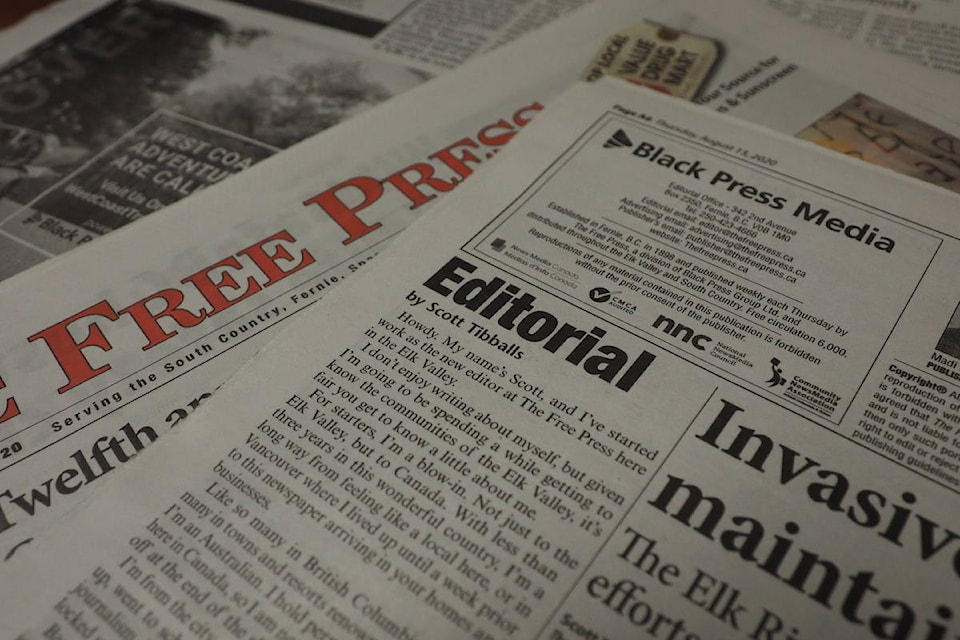Recently I was handed a piece of brightly-coloured plastic.
Adorned with imagery of Her Majesty, Queen Elizabeth II, I was initially confused as to what I was supposed to be doing with it. Decorate my walls? Use it as a bookmark? Fold it up into a little paper plane?
I am of course, joking. For the first time in almost a year, I was holding physical cash. (I wish there had been more of it though.)
This being a tourist town full of seasonal workers, my experience is probably not that common, but it got me thinking about how far along we’ve come when it comes to the transition to a cashless society, especially given the ongoing pandemic.
Early in 2020, stores all over Canada were quick to shift to touch-less payment options - indeed most of them already had them.
I guess I was ready for it, because almost a year later I can genuinely claim that I cannot recall the last time I used cash to pay for something. The little divider in my wallet for cash has been unused for its stated purpose for months. Instead, it’s full of receipts from purchases made with a debit card that I can magically make myself poorer with by waving around on cue.
As an item that changes hands often, cash was one of the first targets of attempts to reduce the spread of COVID-19 early last year. Since then, I’ve seldom seen cash change hands, let alone handled it myself.
It’s not hard to believe that physical money is crawling with bacteria. Multiple studies over the years indicate anywhere from a third to 90 per cent of all banknotes in circulation in North America are contaminated with trace amounts of cocaine, so it doesn’t require much of an imagination to think of what else the banknotes you handle have been in contact with.
From where I was standing, before the pandemic, the idea of a cashless society seemed pretty academic. I always carried cash, even if I rarely used it - but today I never carry it and that development hasn’t stopped me from parting with my money in other ways.
As a good little capitalist, I always liked money. I don’t mean the accumulation of money, but collecting banknotes and coins from my own country and from countries around the world. Physical money is where nations showcase their achievements and signal their values. Her Majesty is on the $20 note here in Canada, but the $5 note in Australia. Take from that what you will.
Money is one of the few things everyone in a community comes in contact with. A little bit of shared - or at least consensus - history.
Americans love their presidents, Europeans cherish bridges and historical architecture, Australians value artists and scientists - or so I am to assume given the images on the various banknotes.
In a cashless society, visiting foreign countries won’t involve the joy of exchanging dollars for pesos, or dollars for euros, or dollars for different dollars - all adorned with different faces, different histories and stories and identities. Instead, it will all be just numbers, devoid of character.
While I was quick to eschew physical cash in 2020, and all the banks and analysts around the world seem to think a cashless society is inevitable, I for one will miss physical cash when (if) it does finally go the way of the dodo - if anything, just for the tiny little window into history a banknote can provide.
scott.tibballs@thefreepress.ca
Like us on Facebook and follow us on Twitter
